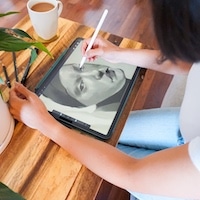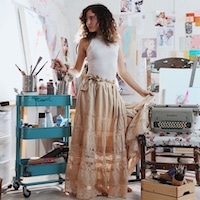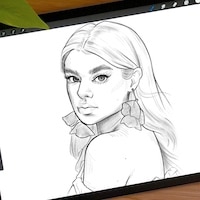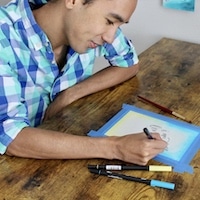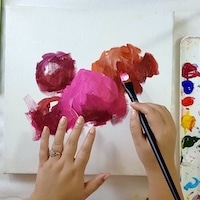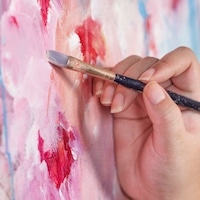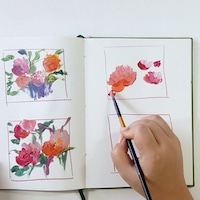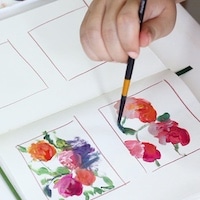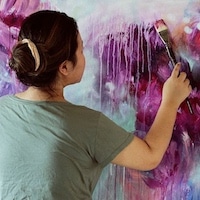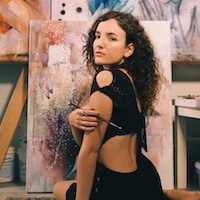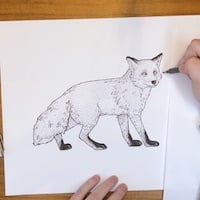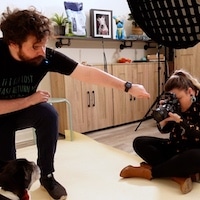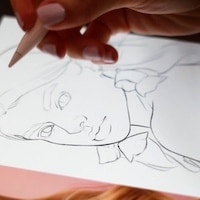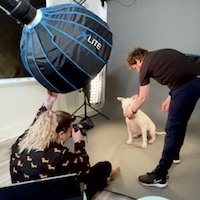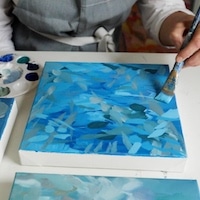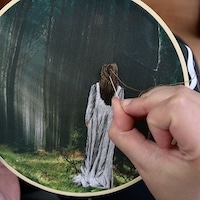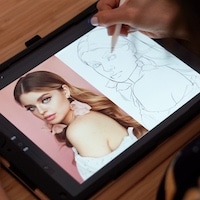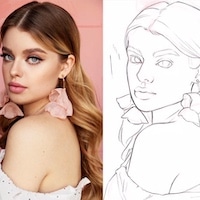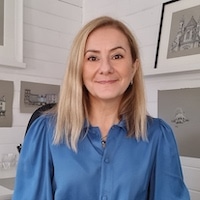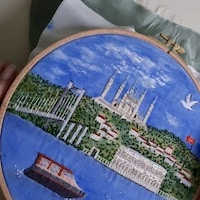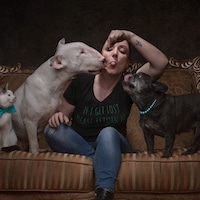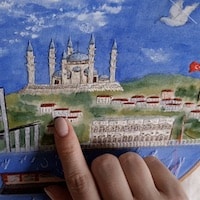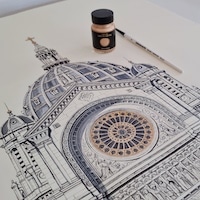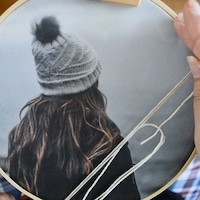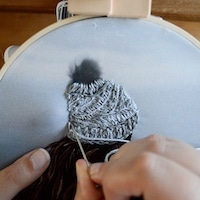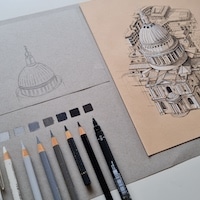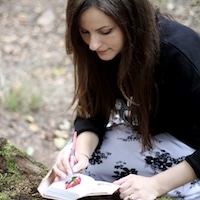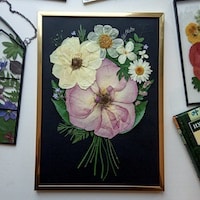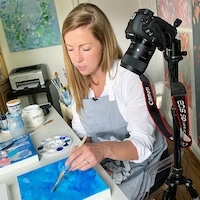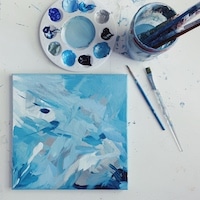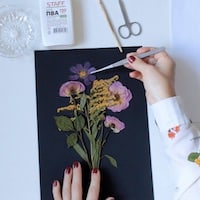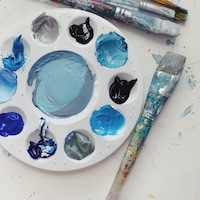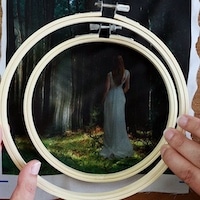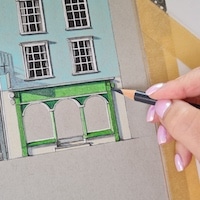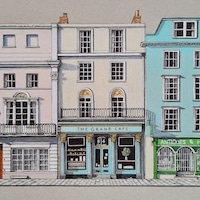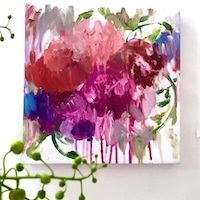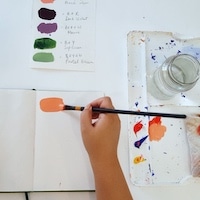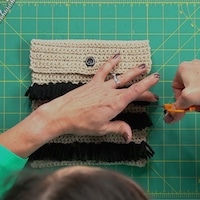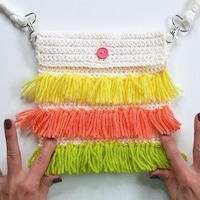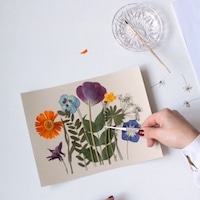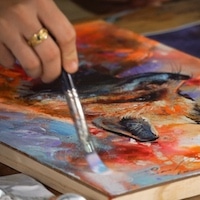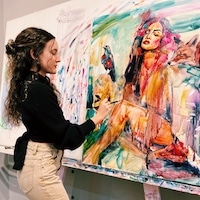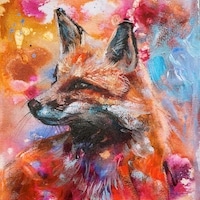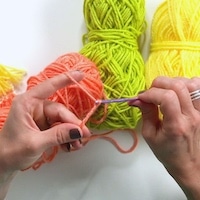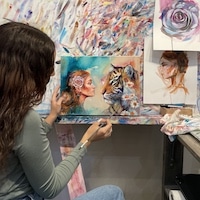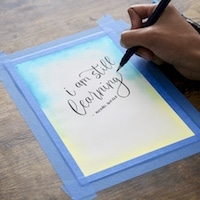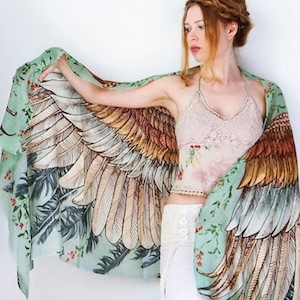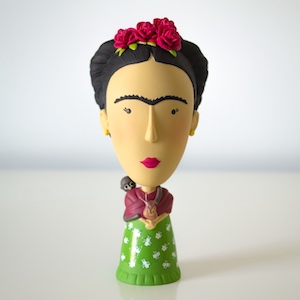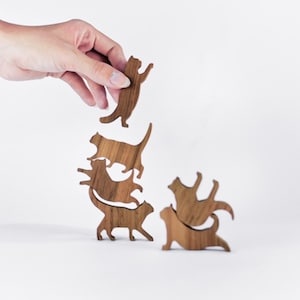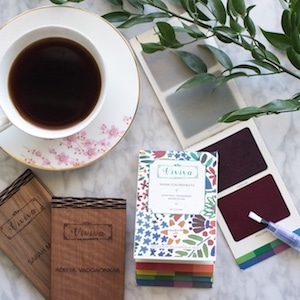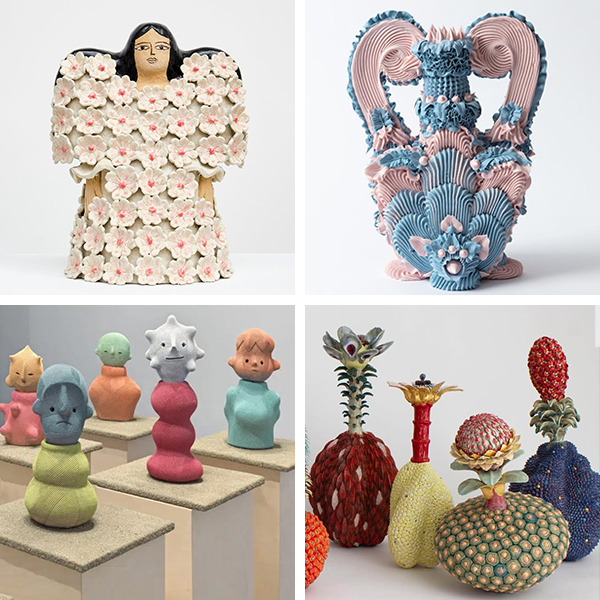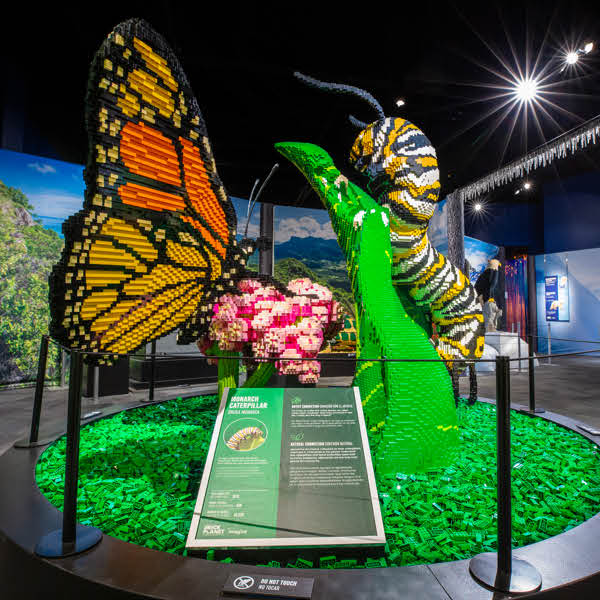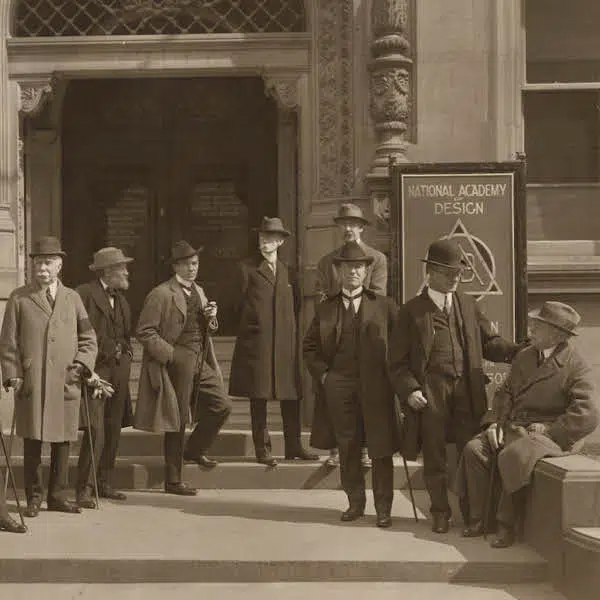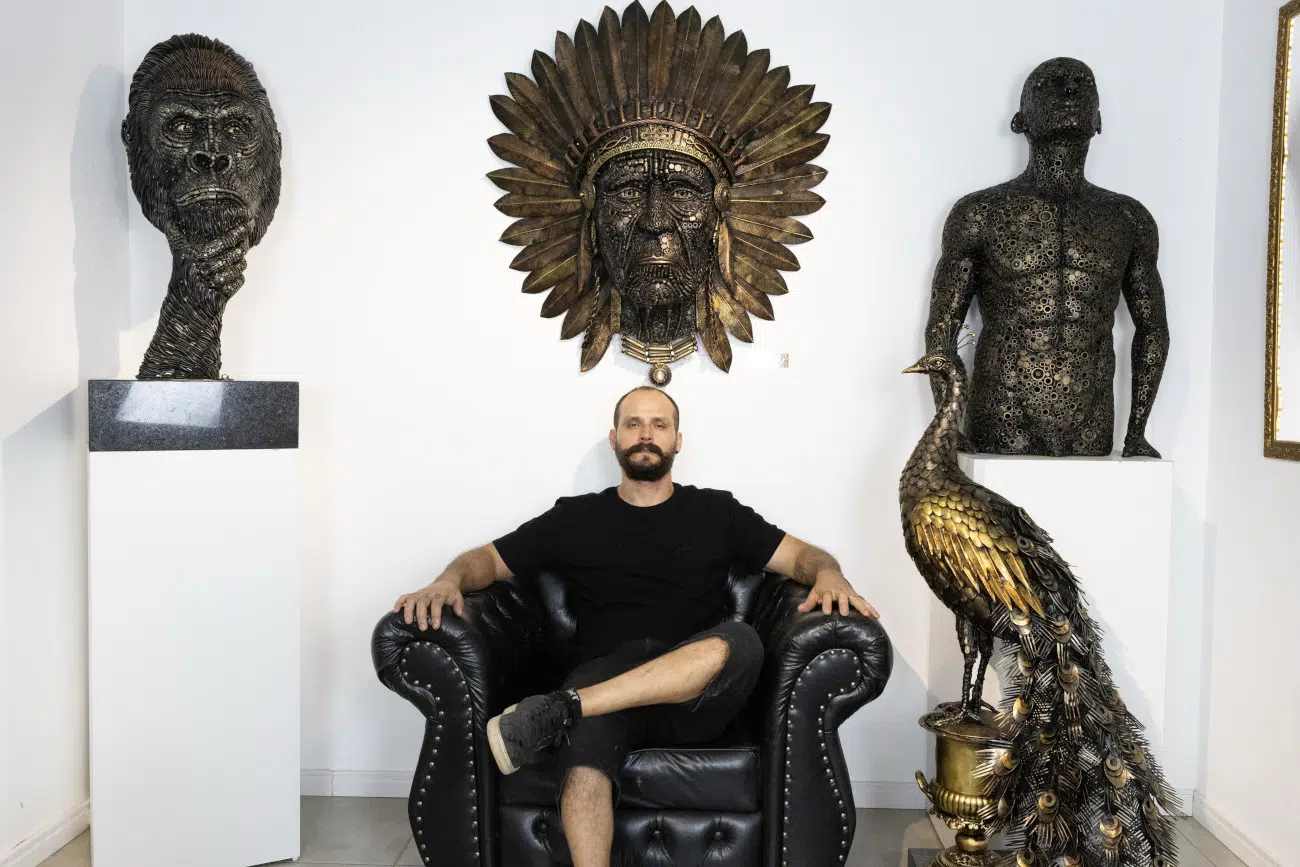
The metal sculptures of Brazilian artist Michel Torres Costa exude a powerful aura. Often depicting humans and wild animals with an industrial, steampunk aesthetic, Torres Costa's creations are all made of upcycled nuts, bolts, and other tiny metal scraps found in his home country. Using each element as a sort of small dark tile, he creates striking pieces that send a message of resourcefulness and endurance.
First finding art through drawing as a child, Torres Costa ultimately found an appropriate outlet for his true artistic passion as he grew up. At 25, he found himself working as a welder. To escape the the monotony of his job, he made use of his skills to start sculpting. Hoping to take his art to the next level, the budding artist decided to take modeling and molding courses, refining his processes and discovering resources, such as epoxy resin, that allowed him to bring his ideas to life.
For the artist, everything others may deem garbage is something that can be transformed into a beautiful and meaningful piece—not only for the sake of art and creation, but also as a way of keeping scraps away from landfills and polluting our world. If anything, his work is the ultimate proof that recycled materials can be flawlessly turned into opulent works of art.
My Modern Met had the chance to chat with Torres Costa about his creative practice, as well as the origins of the materials he uses in his soulful sculptures. Read on for our exclusive interview with the artist.
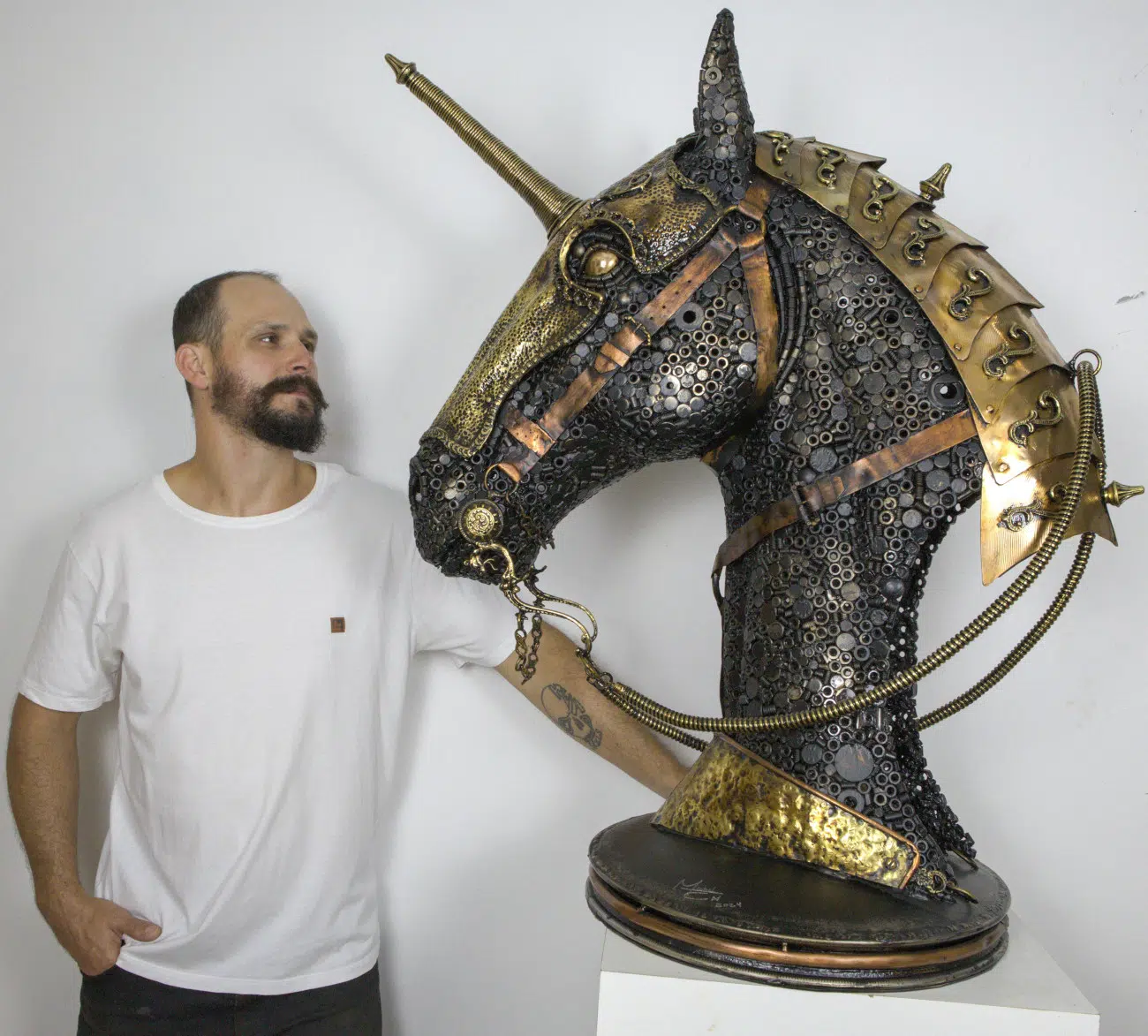
“Courage”
What inspired you to become a sculpture artist?
I have always enjoyed drawing since I was a child. However, during my life I had no incentive to delve deeper into it. At the age of 25, I started looking for a hobby to escape the monotony of my job as a metalworker. It was then that I discovered oilclay and began to model pieces for myself, because when I was younger I didn't have the money to buy them, and from that moment on I never stopped modeling.
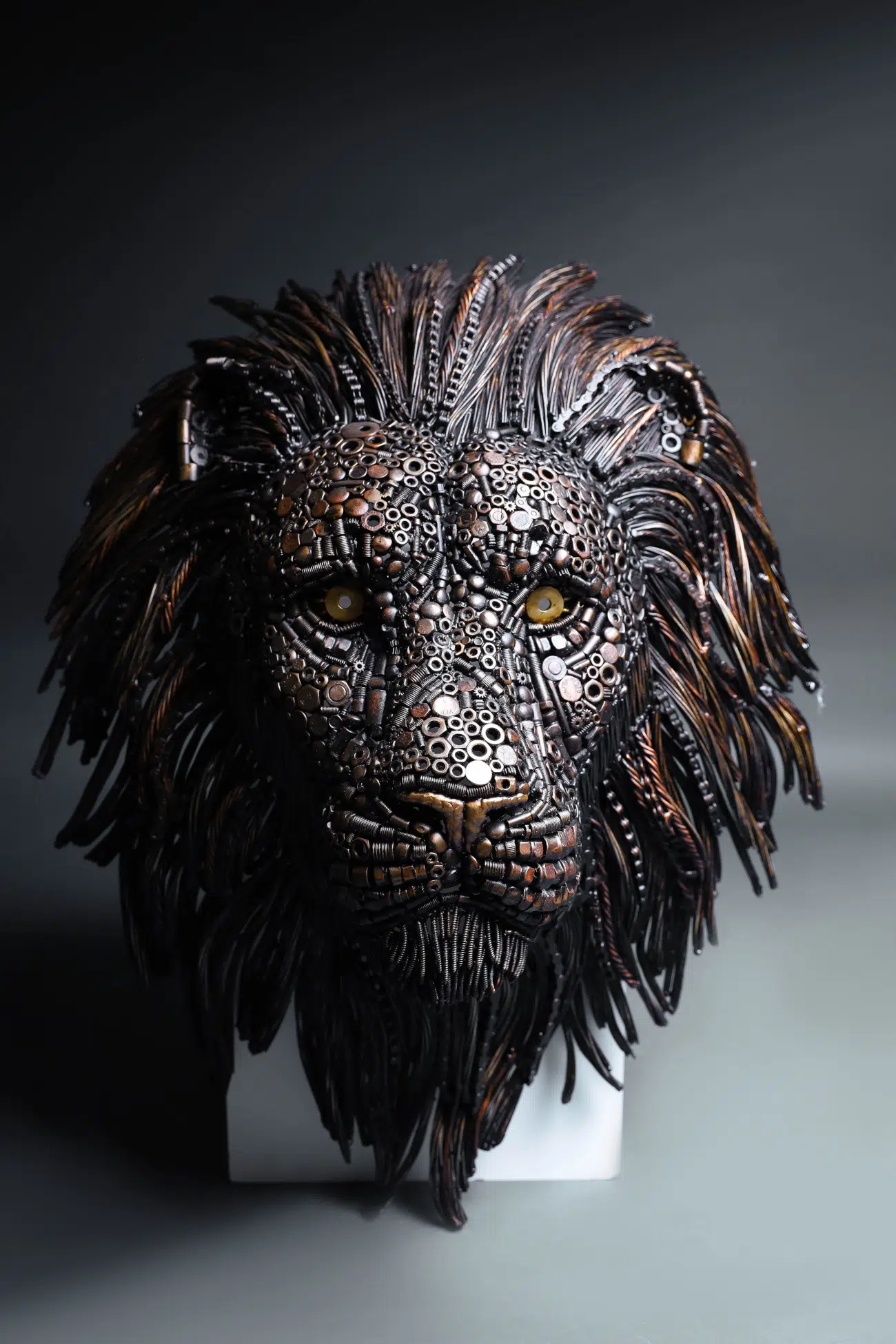
“Power”
What does your creative process look like?
My creative process begins with insights that arise from some reference, inspiration, or even from everyday life. Sometimes I have the inspiration and immediately draw an image, other times I keep it written down and when the opportunity arises, I materialize the idea. That's how the idea is born. From there I look for references, define the size, start modeling, and bring this idea to life.
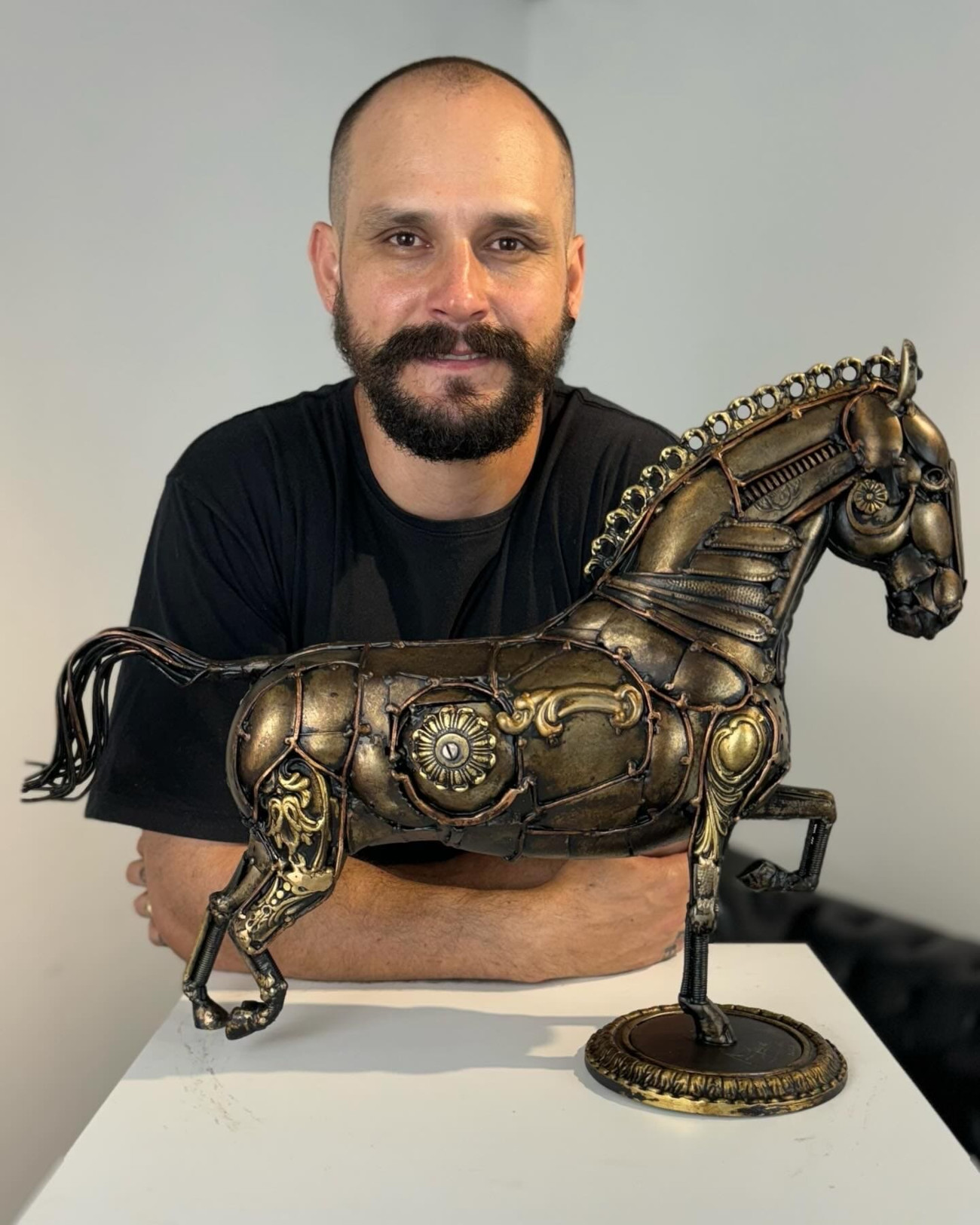
“Horse”
How do you select the subject you'll be depicting in your sculptures?
Generally, my works reflect our inner strength, so in my studies, in addition to representing strength, I look for elements that aim to challenge me in executing them in metal.

“Prosperity”
You use a lot of upcycled materials in your art. Do you come across them or look for them with an idea in mind?
I buy scrap metal from scrap yards. I have some standard materials: like nuts, bolts, steel wire. Other brass materials, like broken chandeliers and things like that, I buy when I find them interesting and have stock. When I see the material and the idea comes to me, I can put it into practice.

“Liberty”
How long does it take you to create your sculptures?
The execution time depends on the creative process, but varies from 15 to 45 days on average.
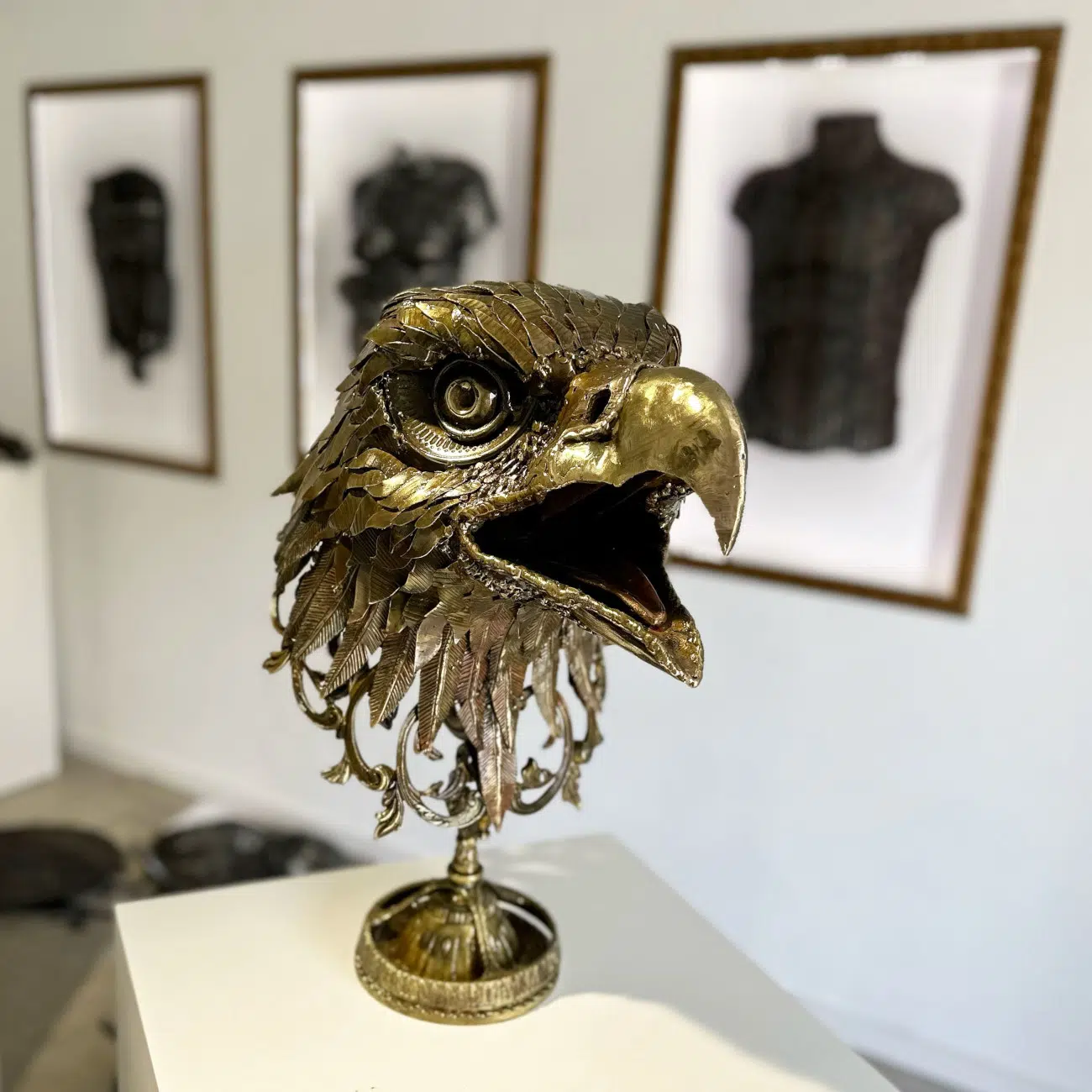
“Eagle Head”
Do you have a favorite piece, or one that you're particularly proud of?
Yes, my favorite piece is Courage, a horse in armor. It is a work of art rich in detail, which represents strength and courage in the battles of life.
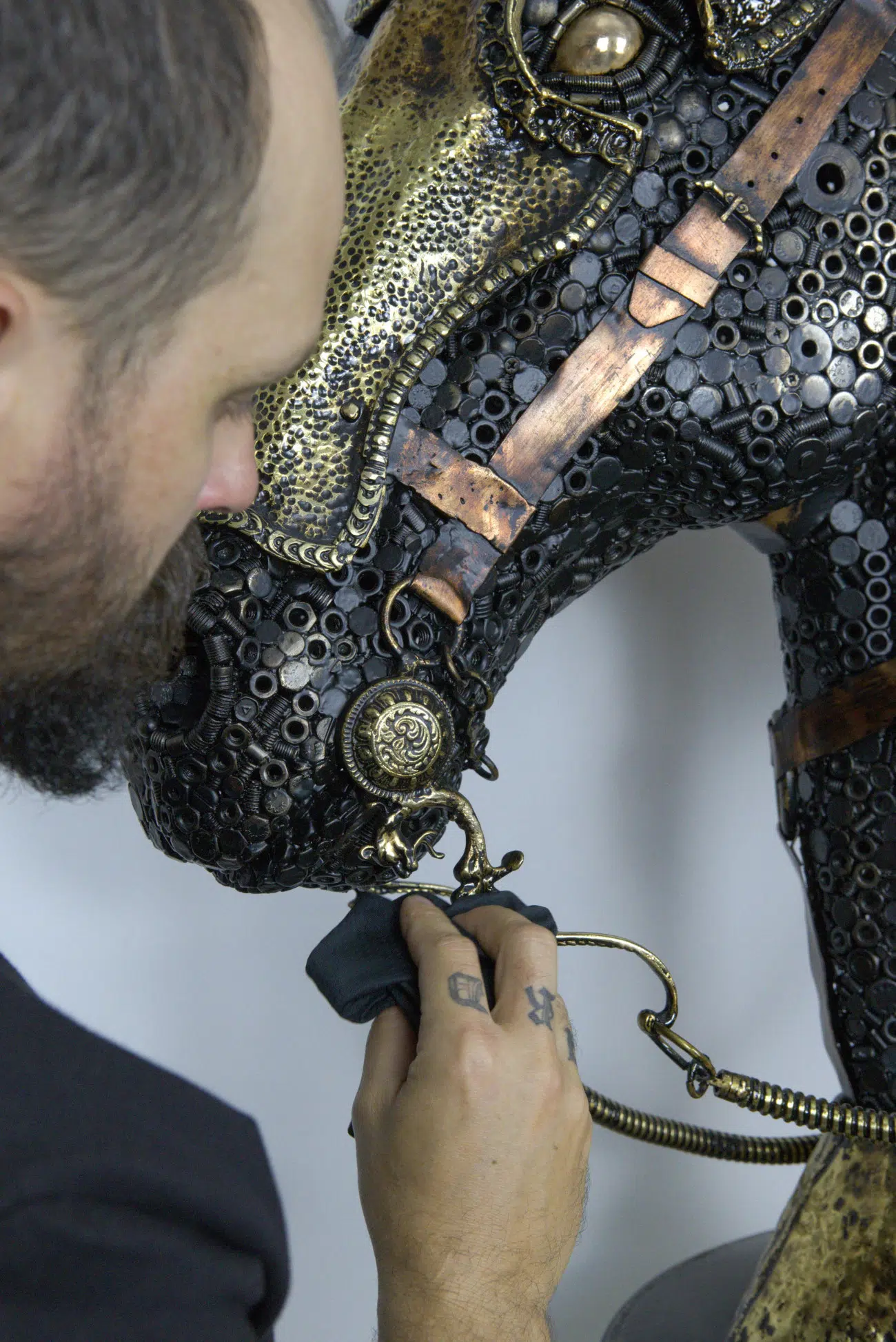
“Courage”
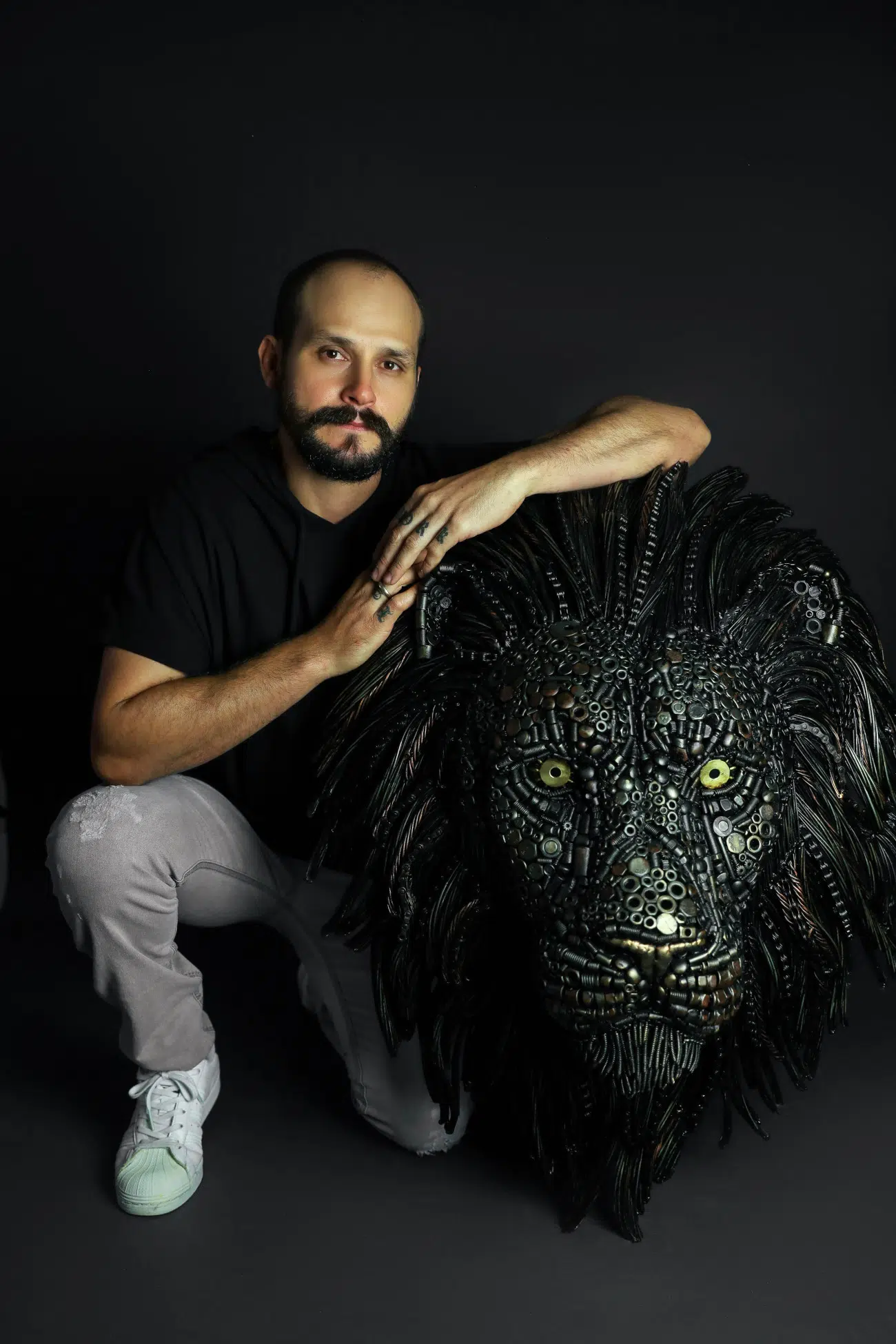
“Power”
What do you hope people take away from your work?
I hope they see transformation. Just as I transform metals into art, I hope they look at themselves and seek inner resignification.
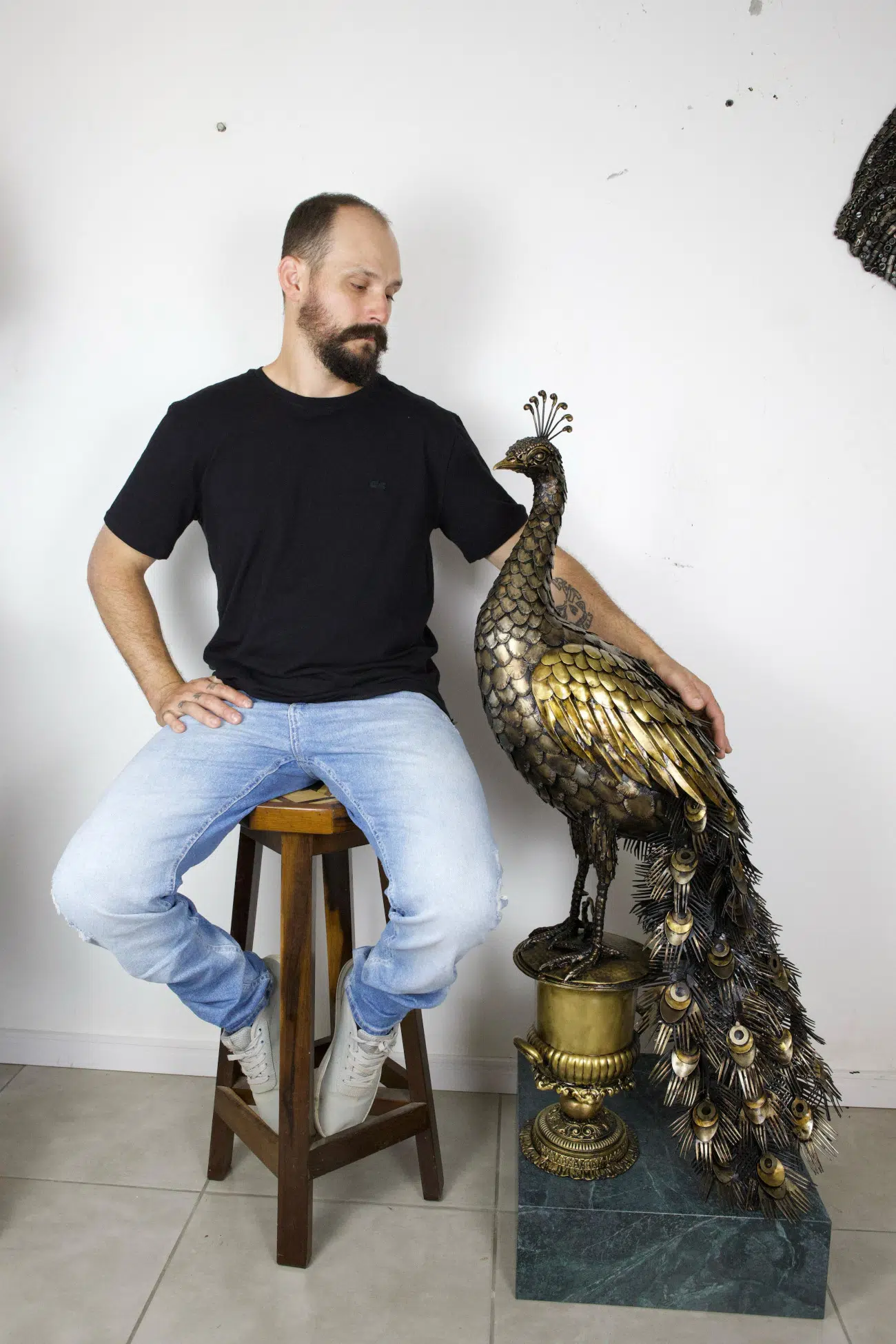
“Prosperity”

